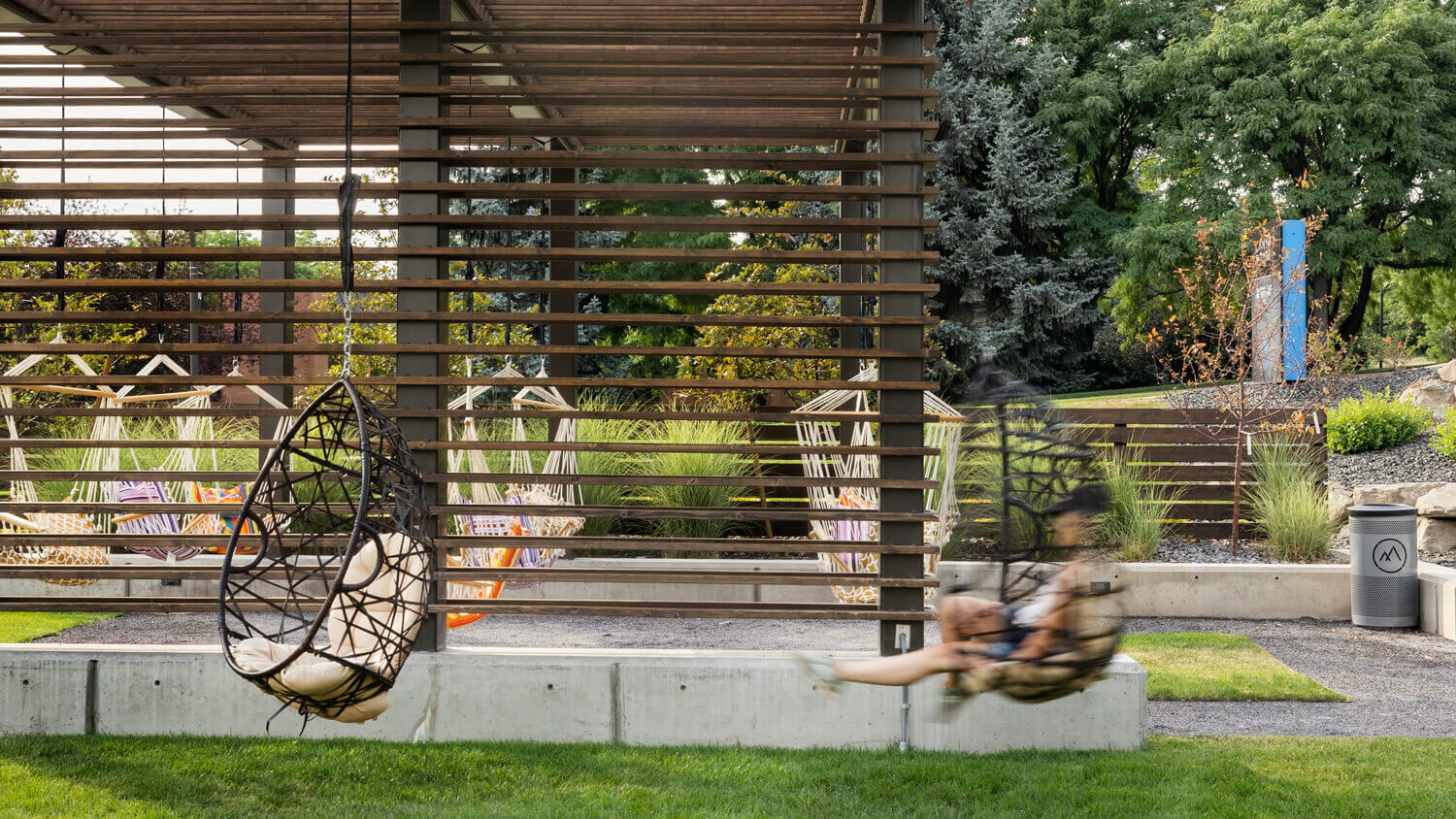As the initial panic sparked by the coronavirus pandemic transitions to a more drawn-out period of uncertainty, experts are looking forward. They are seeking insight into how the future might look. When it comes to multifamily development, some feel that the period of expanding luxury is over. Does Covid-19 signal an end to the amenities race?
While nobody really knows exactly what the future holds, several key factors point toward the continued relevance and importance of apartment building amenities. Successful developers will be the ones that can adapt to this changing environment while understanding the following trends.
1) Soaring Rental Demand
Rising unemployment has cast doubt on many tenants’ ability to pay rent, leading to concerns about evictions, higher vacancies, and plunging rents. In spite of these conditions, rental demand is likely to increase.
Economic uncertainty compels people to rent. A growing amount of households will prefer the low risk of renting during the unknown. As rents soften, the prospect of renting will become all the more attractive.
The already low inventory of homes across the country will keep home prices out of range for many families, especially as earnings decrease. With fewer new home starts, the competition among buyers could remain fierce.
Finally, the demographic trends toward more one or two-person households means the housing needs across the country are evolving. These smaller families need less space and want to live closer to urban centers where they have better access to the things they need. Renting an apartment is the most practical option for them.
As more people choose apartment living over home ownership, the want and need for a healthy and enjoyable lifestyle will not decrease. If anything, the allure of apartment amenities and convenience will be a permanent factor in the continual shift toward renting.
2) Smaller Units
The push for greater affordability results in the construction of smaller units. Small units provide the double benefit of affordability for tenants and increased revenue for developers.
As unit size diminishes, however, certain amenities still need to be provided. Spaces for entertaining friends and socializing will have to become communal, or shared space. Factor in the trend of social distancing and you see why there is going to be a much greater demand for more and larger community amenities.
3) A Growing Need for Outdoor Space
Research indicates that the transmission of the coronavirus is lessened in outdoor space. Additionally, the long-established benefits of the natural environment have recently been highlighted by quarantine life. People have a great need for the outdoors in order to maintain good physical, emotional, and mental health.
Outdoor amenity space, especially in an urban setting, will be a huge attraction for future tenants. With more people working from home, they need a way to connect with nature each day. Outdoor amenities also provide a safer way to connect with other people, which is equally important to their well-being.
4) The Amenity Bubble
The amenity bubble has effectively popped. This means that the relative value of low-amenity properties is falling fast.
Properties without great amenities bear the brunt of the downturn as renters have more options. Vacancies will be on the rise as tenants desert these properties – either because they can’t continue to pay rent, or the lack of amenities fails to justify the cost.
Quality communities have the benefit of always being attractive. The right amenities can shield a property from devastating outcomes during a recession, and pave the way for a strong recovery as consumer confidence and buying power returns.
5) Delays in Product Delivery
Throughout 2020, the growing uncertainty, limited access to capital, halting construction, and excessively long permitting processes will create a delay in product delivery. In the markets that were experiencing a housing shortage pre-Covid, you can expect a surge in demand as the economy recovers.
The lack of new multifamily units becoming available will create a unique opportunity for developers who pressed forward during this period. The value of their product (which will be marked by the quality of amenities) will ultimately determine their success.
Conclusion
Community amenities for multifamily developments aren’t going way. In fact, the reverse is true. Now is the time to thoughtfully consider the growing impact of outdoor amenities on the resilience of your properties through the recession. And when these trying times are behind us, think of what will keep your development relevant and competitive for years to come.
